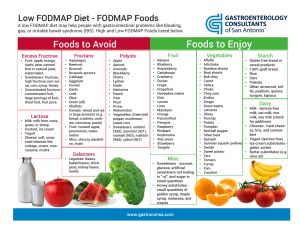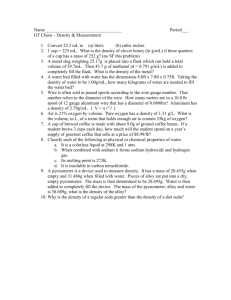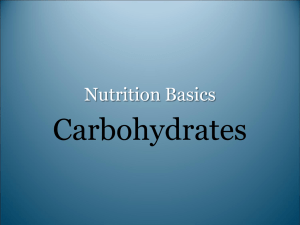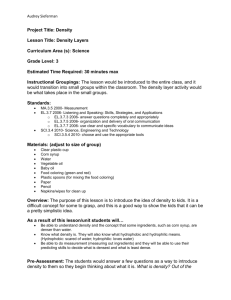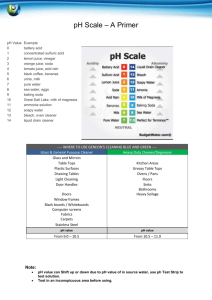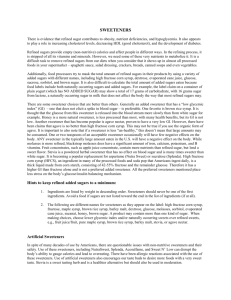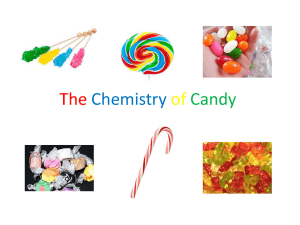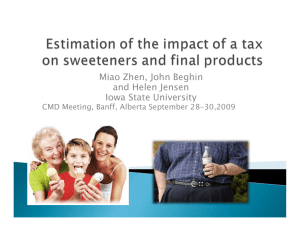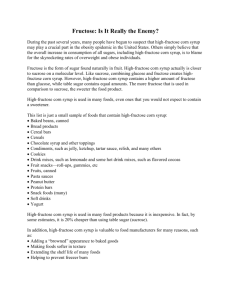Healthy Eating and Physical Activity (HEPA) Standards
advertisement
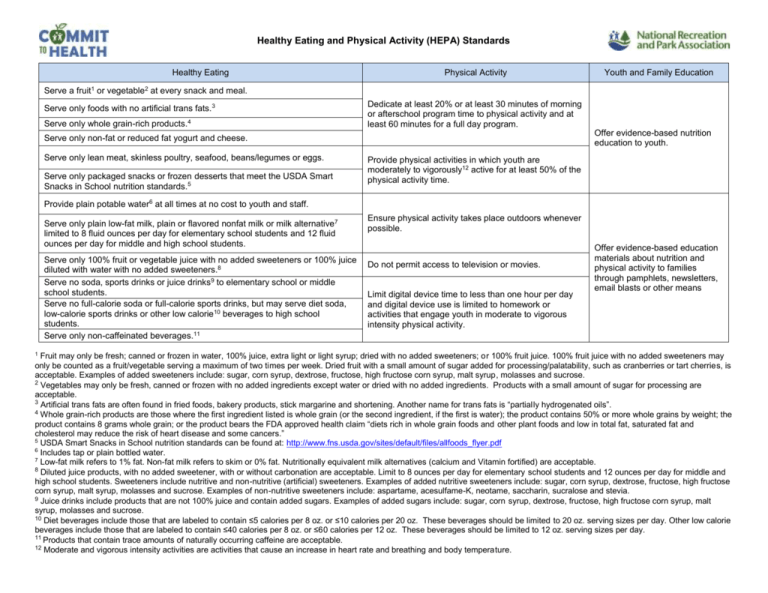
Healthy Eating and Physical Activity (HEPA) Standards Healthy Eating Physical Activity Youth and Family Education Serve a fruit1 or vegetable2 at every snack and meal. Serve only foods with no artificial trans fats.3 Serve only whole grain-rich products.4 Dedicate at least 20% or at least 30 minutes of morning or afterschool program time to physical activity and at least 60 minutes for a full day program. Offer evidence-based nutrition education to youth. Serve only non-fat or reduced fat yogurt and cheese. Serve only lean meat, skinless poultry, seafood, beans/legumes or eggs. Serve only packaged snacks or frozen desserts that meet the USDA Smart Snacks in School nutrition standards.5 Provide physical activities in which youth are moderately to vigorously12 active for at least 50% of the physical activity time. Provide plain potable water6 at all times at no cost to youth and staff. Serve only plain low-fat milk, plain or flavored nonfat milk or milk alternative7 limited to 8 fluid ounces per day for elementary school students and 12 fluid ounces per day for middle and high school students. Serve only 100% fruit or vegetable juice with no added sweeteners or 100% juice diluted with water with no added sweeteners.8 Serve no soda, sports drinks or juice drinks9 to elementary school or middle school students. Serve no full-calorie soda or full-calorie sports drinks, but may serve diet soda, low-calorie sports drinks or other low calorie10 beverages to high school students. Serve only non-caffeinated beverages.11 1 Ensure physical activity takes place outdoors whenever possible. Do not permit access to television or movies. Limit digital device time to less than one hour per day and digital device use is limited to homework or activities that engage youth in moderate to vigorous intensity physical activity. Offer evidence-based education materials about nutrition and physical activity to families through pamphlets, newsletters, email blasts or other means Fruit may only be fresh; canned or frozen in water, 100% juice, extra light or light syrup; dried with no added sweeteners; or 100% fruit juice. 100% fruit juice with no added sweeteners may only be counted as a fruit/vegetable serving a maximum of two times per week. Dried fruit with a small amount of sugar added for processing/palatability, such as cranberries or tart cherries, is acceptable. Examples of added sweeteners include: sugar, corn syrup, dextrose, fructose, high fructose corn syrup, malt syrup, molasses and sucrose. 2 Vegetables may only be fresh, canned or frozen with no added ingredients except water or dried with no added ingredients. Products with a small amount of sugar for processing are acceptable. 3 Artificial trans fats are often found in fried foods, bakery products, stick margarine and shortening. Another name for trans fats is “partially hydrogenated oils”. 4 Whole grain-rich products are those where the first ingredient listed is whole grain (or the second ingredient, if the first is water); the product contains 50% or more whole grains by weight; the product contains 8 grams whole grain; or the product bears the FDA approved health claim “diets rich in whole grain foods and other plant foods and low in total fat, saturated fat and cholesterol may reduce the risk of heart disease and some cancers.” 5 USDA Smart Snacks in School nutrition standards can be found at: http://www.fns.usda.gov/sites/default/files/allfoods_flyer.pdf 6 Includes tap or plain bottled water. 7 Low-fat milk refers to 1% fat. Non-fat milk refers to skim or 0% fat. Nutritionally equivalent milk alternatives (calcium and Vitamin fortified) are acceptable. 8 Diluted juice products, with no added sweetener, with or without carbonation are acceptable. Limit to 8 ounces per day for elementary school students and 12 ounces per day for middle and high school students. Sweeteners include nutritive and non-nutritive (artificial) sweeteners. Examples of added nutritive sweeteners include: sugar, corn syrup, dextrose, fructose, high fructose corn syrup, malt syrup, molasses and sucrose. Examples of non-nutritive sweeteners include: aspartame, acesulfame-K, neotame, saccharin, sucralose and stevia. 9 Juice drinks include products that are not 100% juice and contain added sugars. Examples of added sugars include: sugar, corn syrup, dextrose, fructose, high fructose corn syrup, malt syrup, molasses and sucrose. 10 Diet beverages include those that are labeled to contain ≤5 calories per 8 oz. or ≤10 calories per 20 oz. These beverages should be limited to 20 oz. serving sizes per day. Other low calorie beverages include those that are labeled to contain ≤40 calories per 8 oz. or ≤60 calories per 12 oz. These beverages should be limited to 12 oz. serving sizes per day. 11 Products that contain trace amounts of naturally occurring caffeine are acceptable. 12 Moderate and vigorous intensity activities are activities that cause an increase in heart rate and breathing and body temperature.
